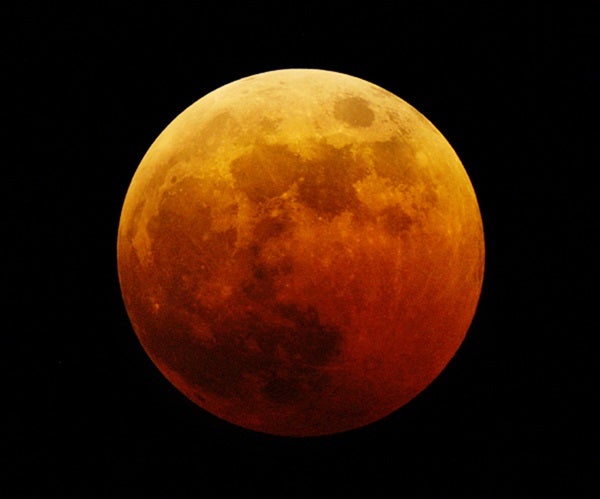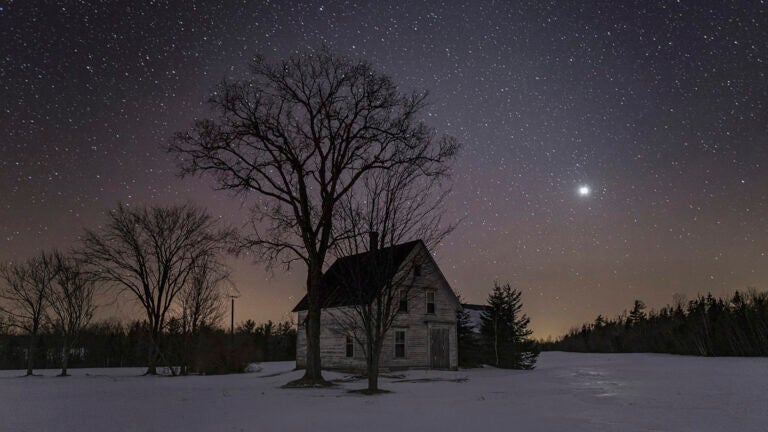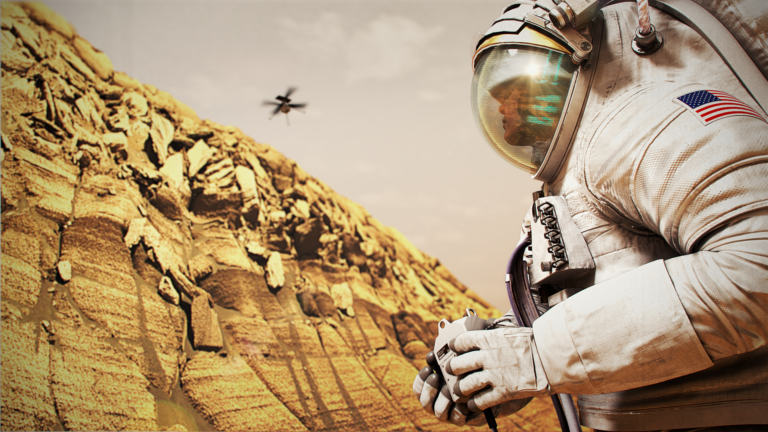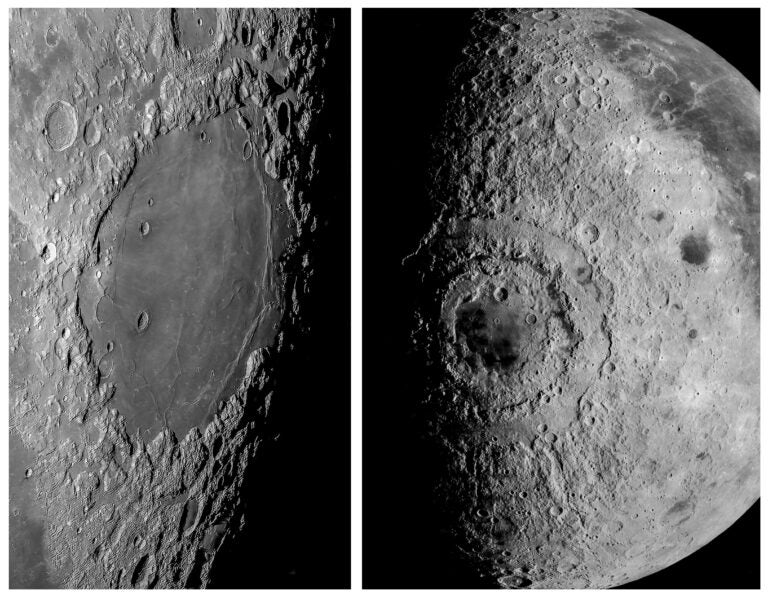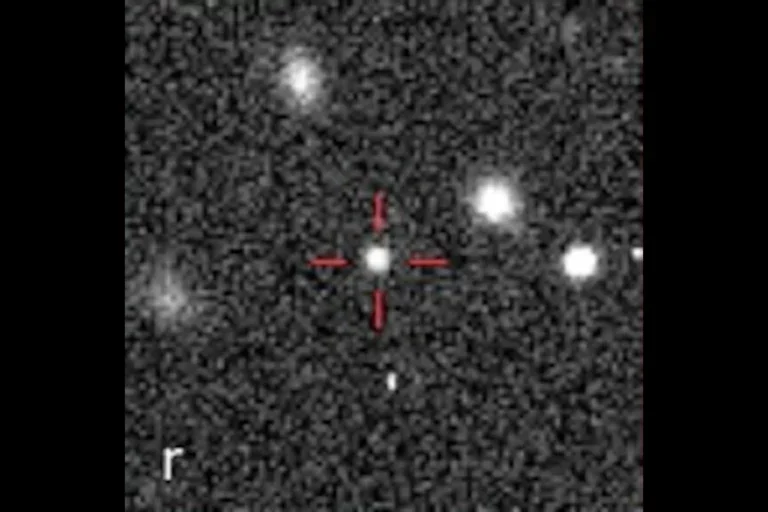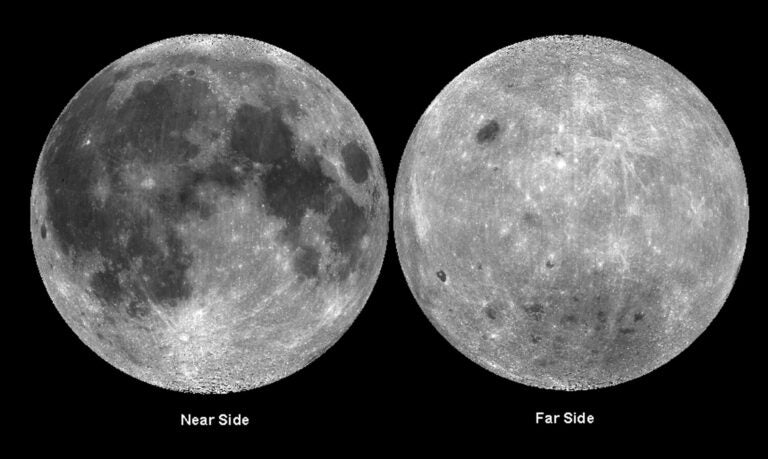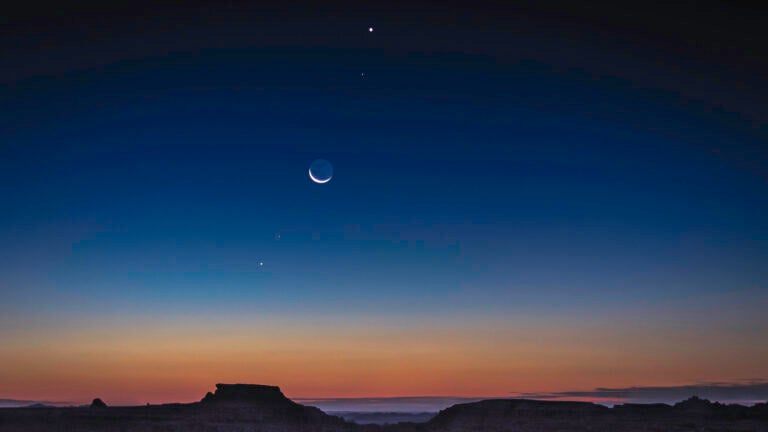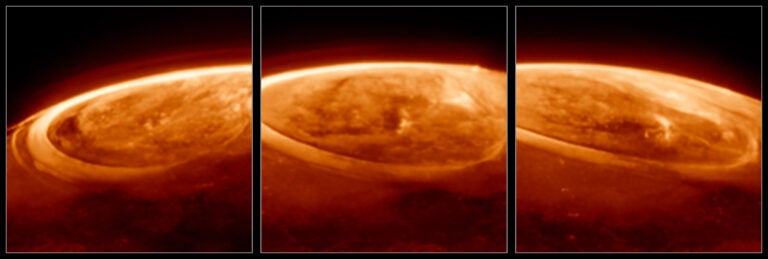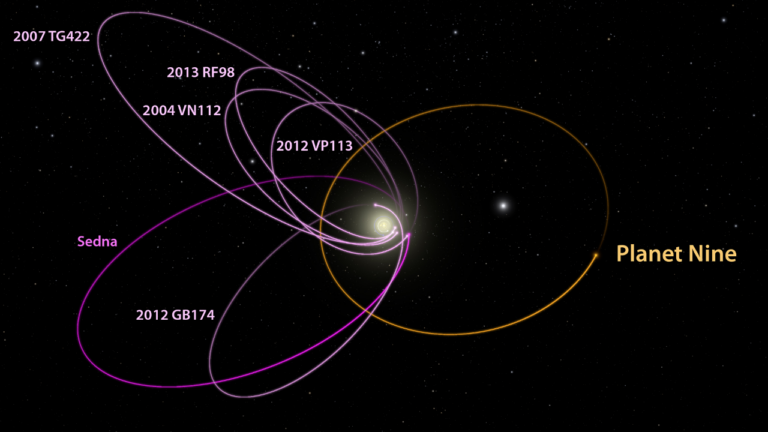Psst! Wanna know the real reason why the Boston Red Sox won the 2004 World Series — their first after 86 years of futility? Certainly, pitchers Curt Schilling and Pedro Martínez and sluggers Manny Ramírez and David Ortiz contributed, but it was a total lunar eclipse coinciding with the Series clincher October 27 that sealed the deal.
How else can you explain the end of a jinx that began with the infamous sale of Red Sox star pitcher/outfielder Babe Ruth to the New York Yankees late in 1919 and continued through season after season of inexplicable near misses and what ifs? Even a spell cast by a self-proclaimed Salem witch prior to the 1975 World Series failed to help the Sox. It took nothing less than a cosmic intervention to finally “reverse the curse” in 2004.
As a Red Sox fan, it’s easy to be superstitious about a lunar eclipse; as an amateur astronomer, I know better. After all, a lunar eclipse is nothing more than the passage of the Moon, when at Full phase, through Earth’s shadow. In the years following the “eclipse championship of 2004,” the Red Sox have added two more World Series titles with nary an assist from an eclipse, comet, or unusual planetary alignment (well, maybe a tiny boost from Comet ISON [C/2012 S1] last fall).
Last month, I described a celestial happening (the March 20 occultation of Regulus by the minor planet Epigone) that was visible to a tiny fraction of Earth’s populace situated on a 67-mile-wide (108 kilometers) strip between the mid-North Atlantic and the Arctic. A total lunar eclipse is much more accessible, being visible from the entire side of Earth facing the Moon at the time. The one that occurs April 15 (or the 14th for those on the West Coast) will entertain skygazers throughout most of the Americas and much of the Pacific region. You’ll find specific details on p. 52 of this issue.
The entire eclipse runs from 12:53 to 6:38 a.m. EDT — the wee hours of a Tuesday morning for many residents of the eastern U.S. and Canada and all of South America. You can sleep a little longer by forgoing the beginning penumbral stage and waiting for the onset of the umbral phase at 1:58 a.m. EDT, when the Moon encounters the truly dark part of Earth’s shadow. Want more sleep? After totality, which runs from 3:06 to 4:25 a.m. EDT, the remainder of the eclipse is a reverse of the earlier stages. You can get your fill of totality and then return indoors to a warm, comfy bed (my tactic for this eclipse).
The partial stages of lunar eclipses may be similar, but we never know what to expect during totality. That’s because the eclipsed Moon is aglow with sunlight refracted through Earth’s atmosphere, and its condition can be dramatically different from one eclipse to another. The Moon usually takes on an unnatural coppery red hue, but there are exceptions.
The most amazing lunar eclipse I have ever witnessed was one that occurred during the morning hours of December 30, 1982, several months after an eruption of Mexico’s El Chichón volcano blasted huge quantities of sulfur dioxide and particulates into the atmosphere. During mid-eclipse, the Moon was barely visible to the unaided eye. I could scarcely make out its ghostly form, even when viewing through a 13.1-inch reflector!
As you gaze at the fully eclipsed Moon, imagine for a moment what it might be like to stand on its surface, gazing earthward. You’d be witnessing the spectacle of a total solar eclipse, with Earth serving as the eclipsing body. Our planet’s dark disk, four times wider than the Moon’s, would be encircled by a thin, but brilliant red halo (sunlight refracted by Earth’s atmosphere) that would bathe the lunar surface with an eerie ruddy glow.
If you live in a region untouched by this month’s eclipse or if clouds spoil the event, fear not. A repeat performance October 8 will be observable throughout much of the Pacific area. You can also find a list of the remaining total lunar eclipses for the current decade on this page, courtesy of NASA and Fred Espenak (http://eclipse.gsfc.nasa.gov/lunar.html).
Questions, comments, or suggestions? Email me at gchaple@hotmail.com. Next month: An astronomical salute to Cinco de Mayo. Clear skies!
UPCOMING TOTAL LUNAR ECLIPSES
| Date | Region of Visibility |
| Oct. 8, 2014 | Asia, Australia, Pacific, Americas |
| April 4, 2015 | Asia, Australia, Pacific, Americas |
| Sept. 28, 2015 | E. Pacific, Americas, Europe, Africa, W. Asia |
| Jan. 31, 2018 | Asia, Australia, Pacific, W.N. America |
| July 27, 2018 | S. America, Europe, Africa, Asia, Australia |
| Jan. 21, 2019 | C. Pacific, Americas, Europe, Africa |


